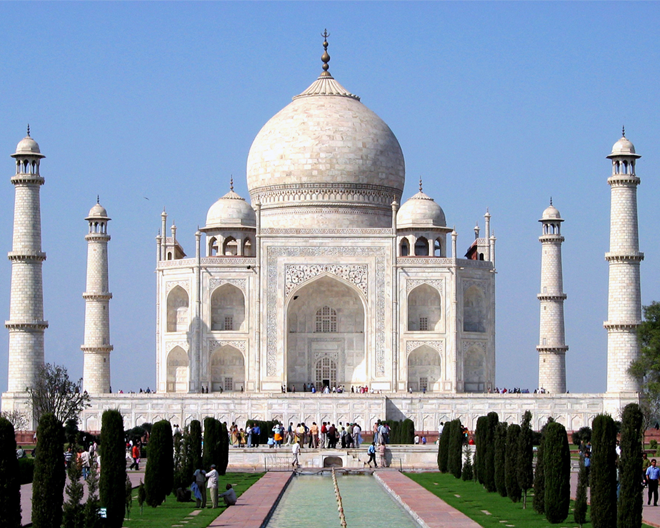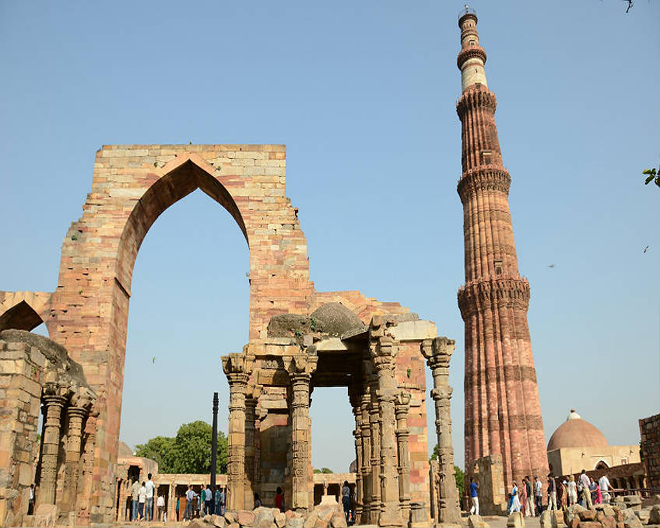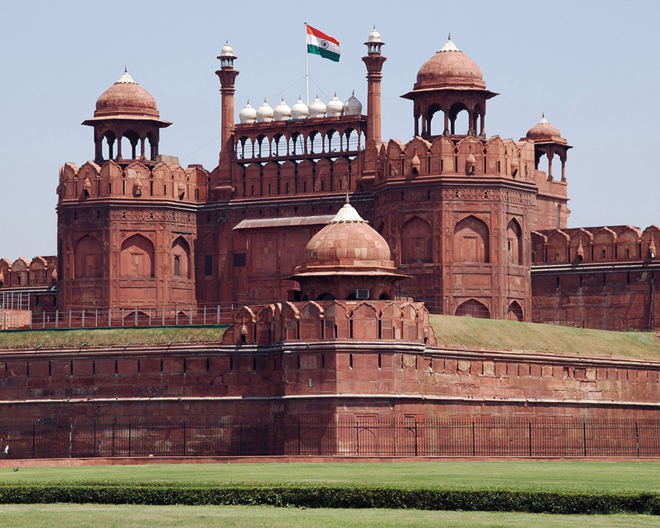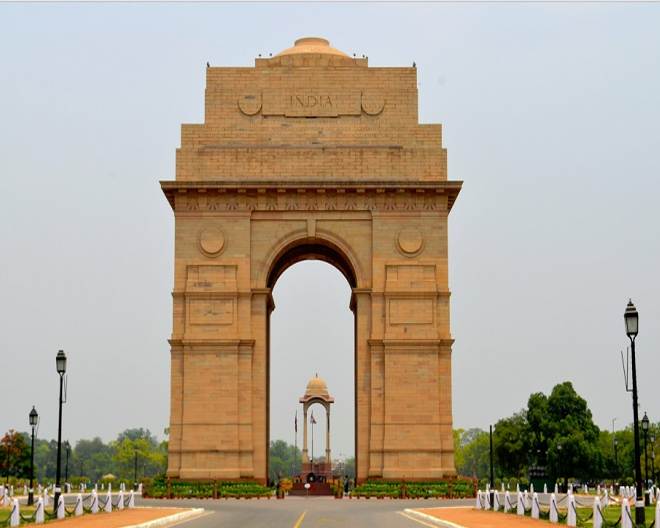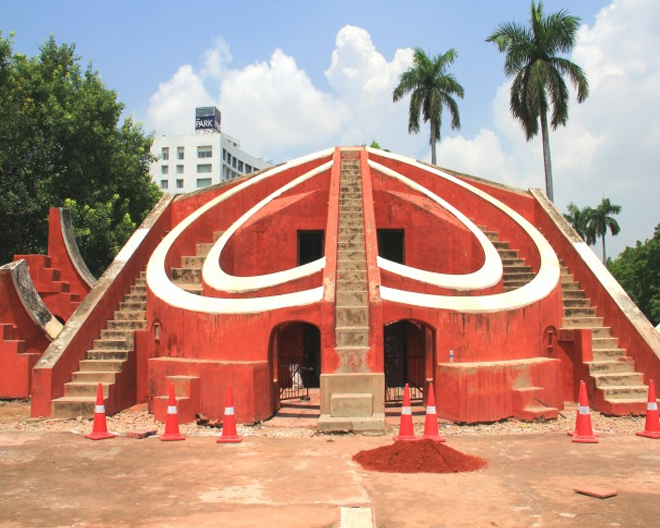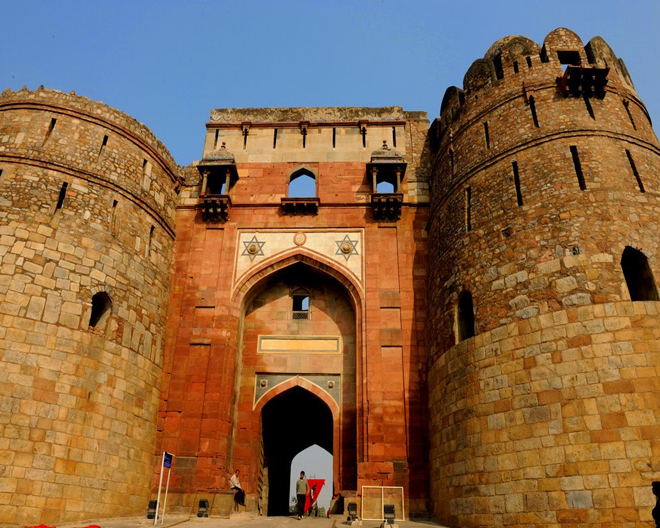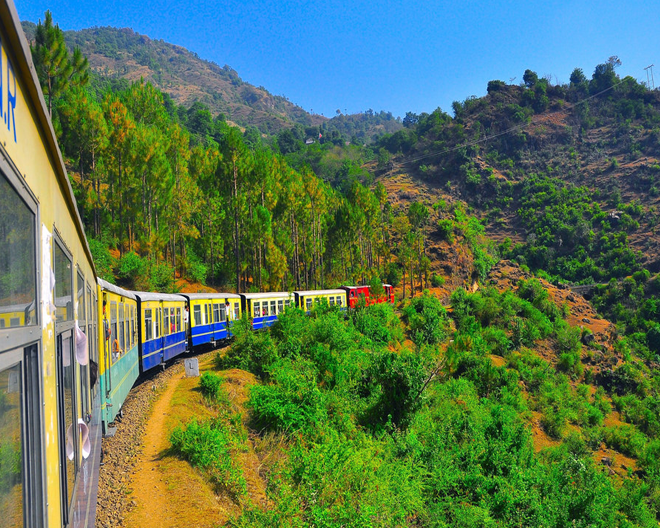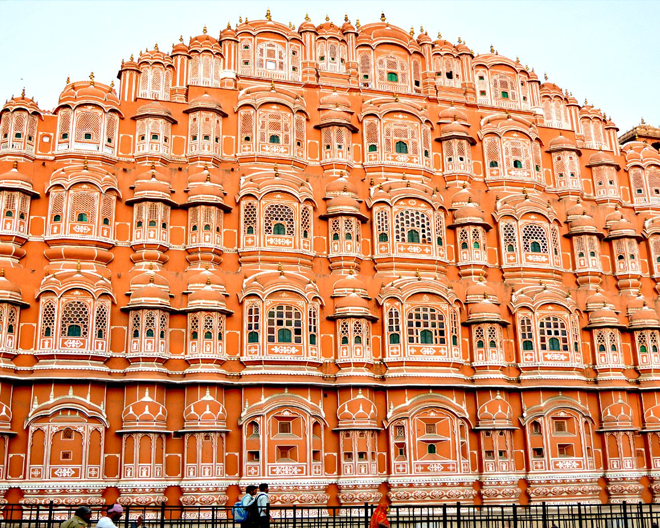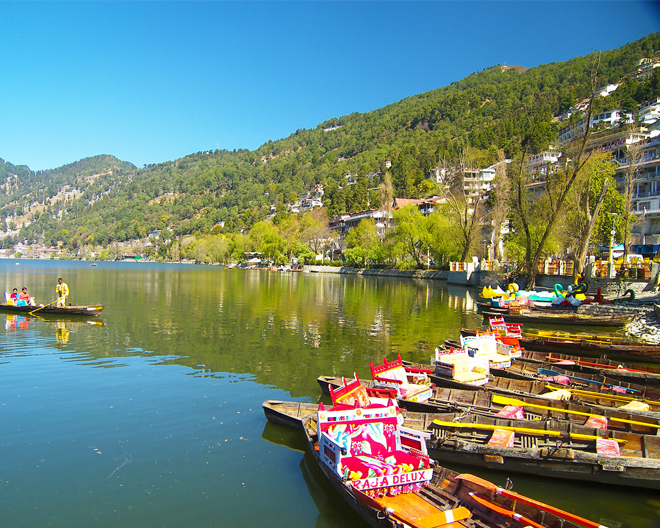Nainital Lake, Nainital
Located at an altitude of 1,938mts above sea level, Nainital derives its name from Naini Lake, a prominent tourist spot of Nainital. Nainital is located in the Kumaon region and is popularly known as the Lake District of India. Nainital is famous for the Naini Lake where it is believed that Lord Shiva performed his tandava with Parvati’s body. Nainital Lake, a natural freshwater body, situated amidst the township of Nanital in Uttarakhand State of India, tectonic in origin, is kidney shaped or crescent shaped and has an outfall at the southeastern end.
Nainital Lake is one of the four Lakes of Kumaon hills, the other three lakes are the Sattal Lake, the Bhimtal Lake and the Naukuchiyatal Lake. The lake is bounded by the high and steep Naina peak on the North West side, by the Tiffin Top to the south west side and snow view peaks on the north.
Some other places in Nainital are Sattal Lake, Bhimtal Lake Naukuchiyatal Lake, Naina Devi Temple, Zoo, Aerial Ropeway, Snow View Point, Eco Cave Garden,Land’s End. It is 276 Km from Delhi and can be reach to this place in 4 hour 30 min by bus.
